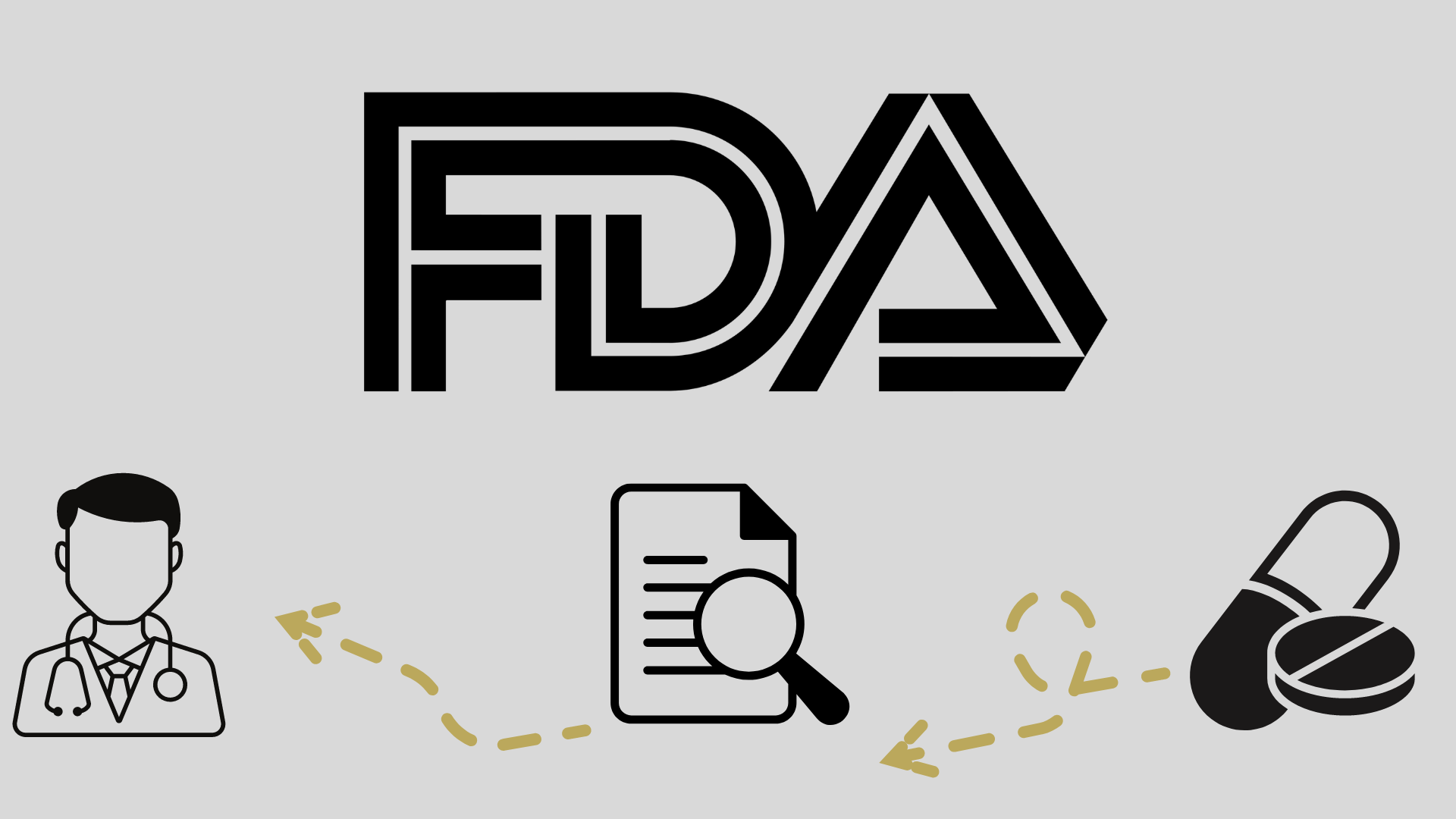
FDA Grants ODD to 3 Ingredients of INT230-6 for Soft Tissue Sarcoma

INT230-6 is an investigational product candidate made up of cisplatin, vinblastine, and a penetration enhancer molecule being evaluated for patients with soft tissue sarcoma.
The FDA has granted an orphan drug designation to the 3 active components of INT230-6, cisplatin, vinblastine sulfate, and the diffusion enhancer SHAO-FA (8-((2-hydroxybenzoyl) amino)octanoate for the treatment of patients with soft tissue sarcoma (STS).1
Clinical data were provided to the FDA, including immune activation results in patients with sarcoma based on
Results also reported at ASCO showed that when delivered locally, INT230-6 led to a systemic immune response in several sarcoma subtypes that are non-immunogenic cancers.
"The designation of cisplatin, vinblastine and our diffusion enhancer, SHAO for orphan status for STS is quite important," said Lewis H. Bender, president and chief executive officer of Intentist Therapeutics, Inc., in a press release1. "The orphan drug designation qualifies us for incentives including tax credits for qualified clinical trials, exemption from user fees and potentially seven years of marketing exclusivity for products containing these three key components should the company gain approval of INT230-6 for treatment of STS."
INT230-6 is an investigational product candidate that was discovered using Intensity's proprietary DfuseRx℠ technology platform. The product is being designed for direct intratumoral injection and is made up of cisplatin and vinblastine, and a penetration enhancer molecule (SHAO) that helps disperse potent cytotoxic drugs throughout tumors for diffusion into cancer cells. A favorable safety profile is often seen with these agents as they remain in the tumor.
Further, INT230-6 releases a bolus of neoantigens specific to the patient's malignancy. This results in the direct killing of the tumor and leads to the engagement of the immune system and systemic anti-tumor effects.
In the phase 1/2 IT-01 study of 29 patients with sarcoma, 11 subtypes were included, and mainly made up of leiomyosarcoma, liposarcoma, pleomorphic, chondrosarcoma, and chordoma.2 Patients were treated with INT230-6 via intratumoral delivery once every 2 weeks for up to 5 doses alone or given with ipilimumab (Yervoy) at 3 mg/kg once every 3 weeks for 4 doses. Maintenance INT230-6 dosing was given once every 9 weeks.
Additional findings from the study showed that the median overall survival (mOS) among patients treated with INT230-6 alone (n = 15) was 649 days vs not reached with over 1 year of median follow-up in the combination arm. INT230-6 dosed at a volume/total tumor burden ratio of ≥40% resulted in a mOS of 715 days. Patients in the all-treated population given at least 1 dose of INT230-6 had a DCR of 93% for monotherapy and 86% with the combination.
For safety, the >20% treatment-related adverse events (TRAEs) seen in evaluable monotherapy patients (n =15) were localized pain (80%), nausea (40%), fatigue (33%), decreased appetite (27%), and vomiting (20%). In evaluable patients treated with the ipilimumab combination (n = 14), the >20% TRAEs included fatigue (39%), localized pain (39%), nausea (31%), pruritus (23%), rash (23%), and vomiting. Grade 3 TRAEs were observed in 20% and 7% of patients in the INT230-6 and combination arms, respectively. Moreover, there were no grade 4 or 5 events reported in either arm.
A phase 3 registration study is now in the works to further evaluate patients with STS.1










































